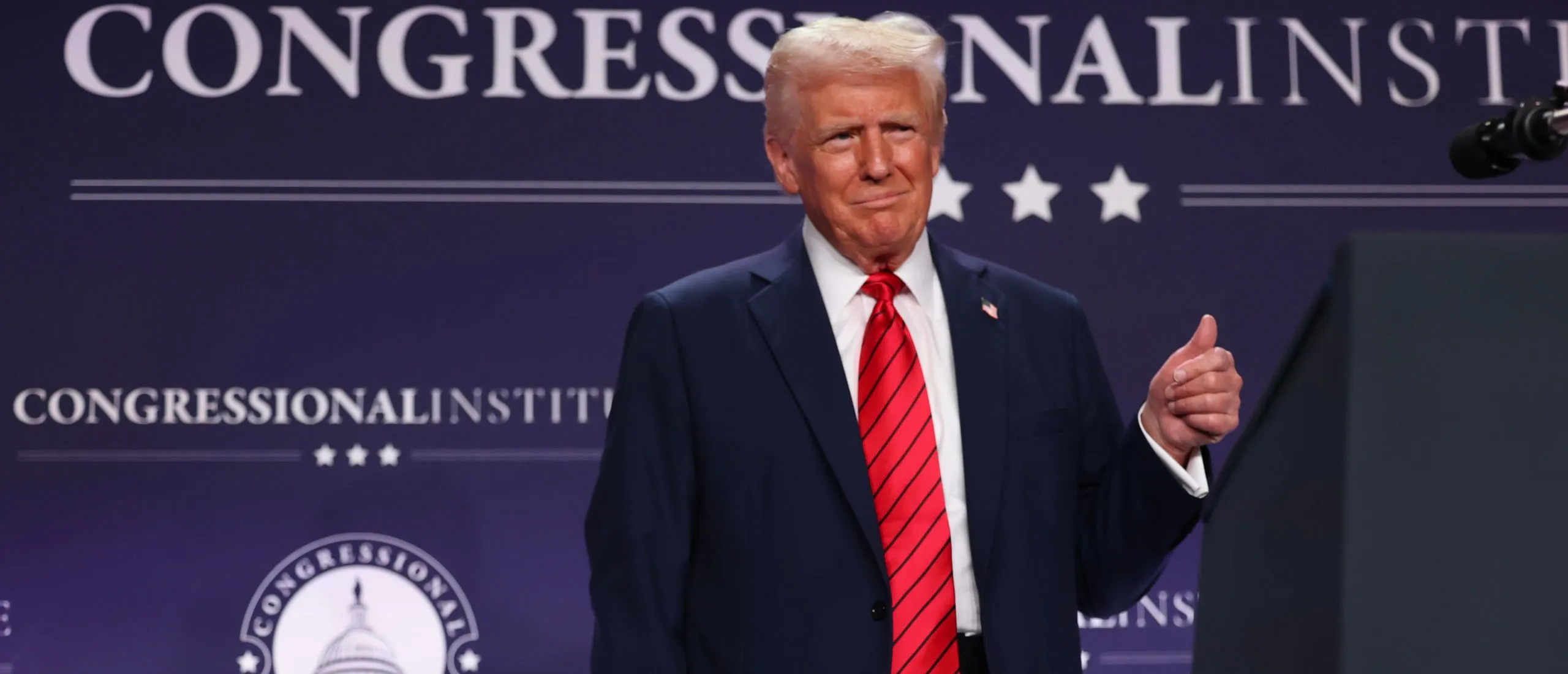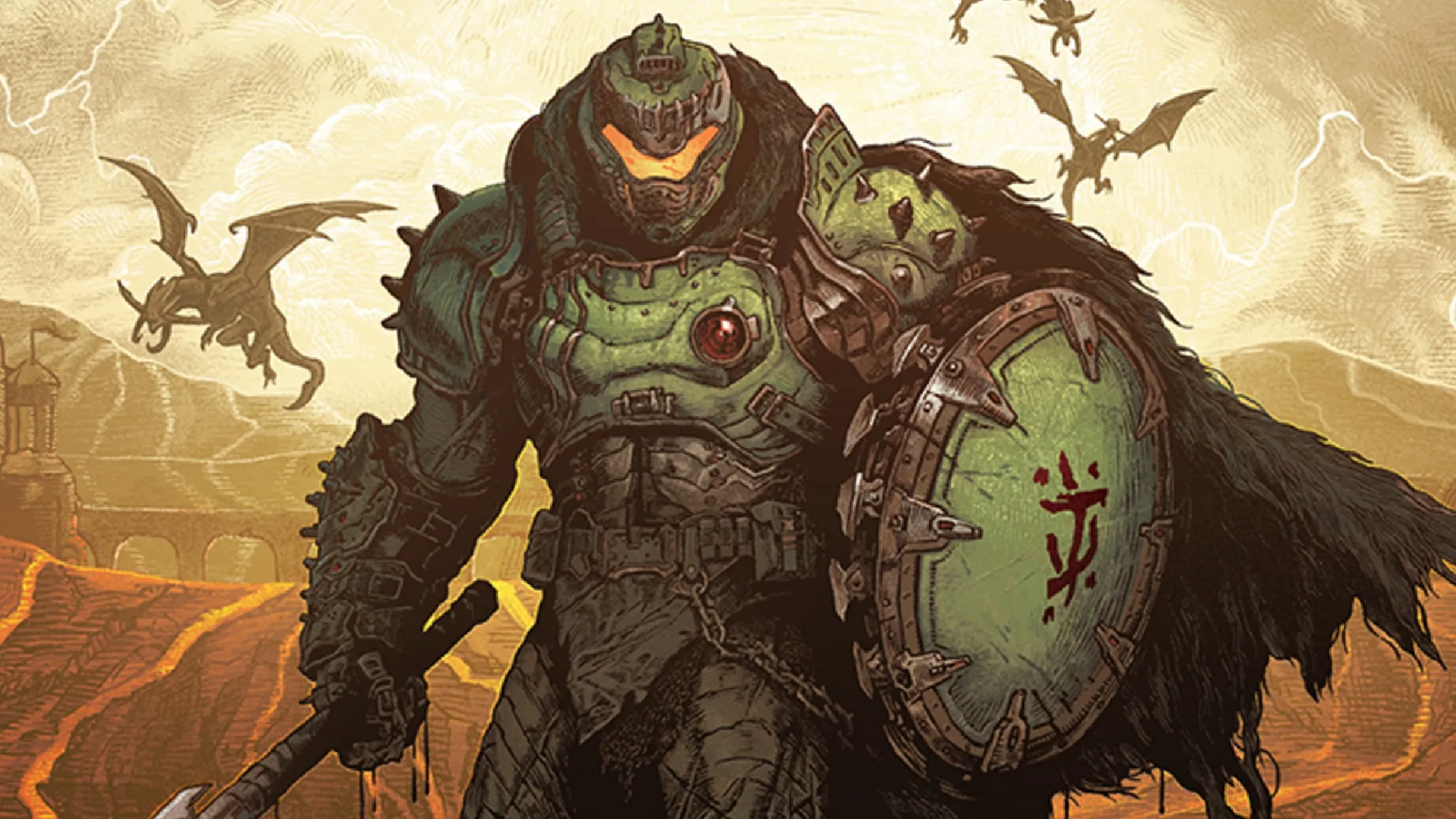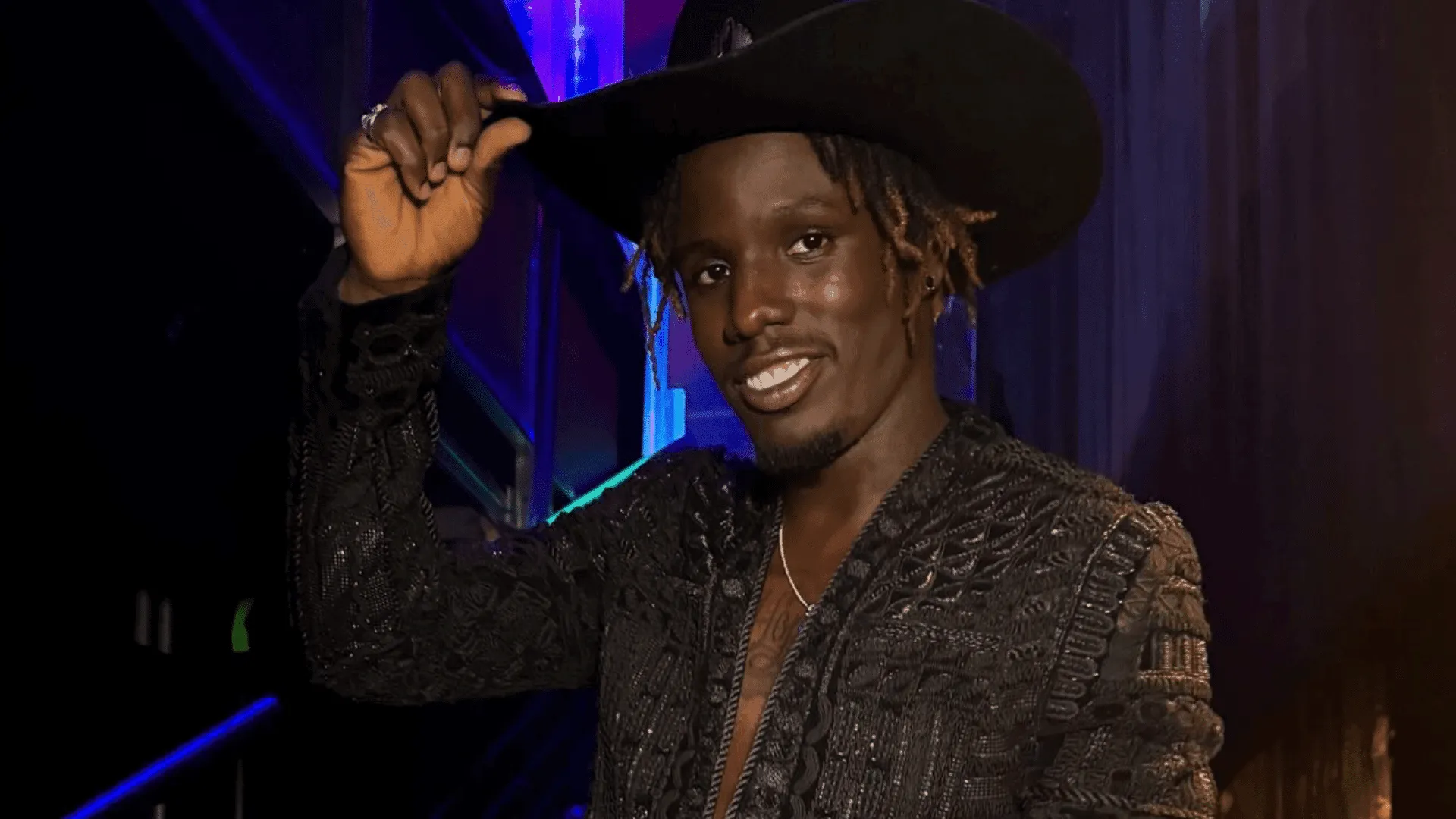Critical Race Theory: The Controversy Shaping America’s Future
Critical Race Theory (CRT) has emerged as one of the most contentious topics in contemporary American discourse. Originating in the 1970s, CRT began as an academic framework designed to explore the intersection of race and law in the United States. It posits that racism is not merely a matter of individual bias but rather a systemic issue deeply embedded within the legal and social structures of the nation. This understanding has sparked significant debate, particularly in recent years, as CRT has gained traction in discussions surrounding K-12 education and public policy.
The controversy surrounding CRT can be traced back to its foundational premise: that lived experiences and narratives are crucial for understanding racial dynamics in America. However, as CRT has entered the public consciousness, it has been met with both fervent support and vehement opposition. Proponents argue that CRT is essential for addressing historical injustices and fostering a more equitable society, while critics often misinterpret it as merely teaching about racism, overlooking its broader implications regarding power and privilege.
In recent years, the debate over CRT has intensified, especially during political campaigns. The Virginia gubernatorial election in 2021 exemplified this trend, where CRT became a key issue for both major candidates. Republican candidate Glenn Youngkin’s strong opposition to CRT was credited with helping him secure victory in a state that had previously leaned Democratic. This political backdrop has led to a surge in legislative efforts across the country aimed at banning or restricting the teaching of CRT in schools.
As of today, 44 states have pursued legislation against CRT, with 17 states enacting laws or policies that limit its teaching. These legislative actions often cite concerns over divisiveness and political indoctrination. For instance, Florida’s Stop WOKE Act prohibits teaching that could induce feelings of guilt or shame based on race. Critics of these measures argue that they stifle necessary conversations about race and history in educational settings.
The National Education Association has characterized the anti-CRT movement as a “false narrative” driven by a minority of right-wing activists. This sentiment is echoed by many educators who feel that the conversation around CRT reflects broader societal tensions regarding race, identity, and the legacy of systemic racism in America. Surveys indicate that a significant portion of high school students believe the U.S. has a history of oppression, yet many also recognize progress toward racial equality.
The term “Critical Race Theory” has become a catch-all phrase for various educational practices perceived as “woke,” leading to confusion about its actual content and application in classrooms. This misunderstanding has fueled the narrative that CRT promotes a divisive ideology, when in fact, supporters contend that it is necessary for a comprehensive understanding of American history. The debate raises important questions about the role of public education in addressing historical injustices while promoting national pride.
In addition to political ramifications, the discussion surrounding CRT has also captured the attention of major media outlets and academic institutions. Prominent scholars and activists have engaged in dialogues about the validity and implications of CRT, emphasizing its importance in understanding the complexities of race in America. However, the opposition continues to frame CRT as a threat to social cohesion, arguing that it fosters division rather than unity.
The controversy surrounding CRT is emblematic of a larger culture war in the United States, reflecting deep divisions in public opinion on race and education. As legislative efforts to ban CRT continue to gain momentum, the implications for educators and students alike are significant. The chilling effect of such laws may discourage teachers from engaging in critical discussions about race and history, ultimately depriving students of a comprehensive education.
In conclusion, the debate over Critical Race Theory is far from settled. As America grapples with its complex racial history and the ongoing impacts of systemic racism, the future of CRT in education remains uncertain. The conversations sparked by this controversy may ultimately shape the trajectory of American society, influencing how future generations understand race, identity, and the legacy of injustice. Whether viewed as a necessary framework for understanding racial dynamics or as a divisive ideology, CRT will continue to be a focal point in discussions about race and education in America.






Leave a Comment